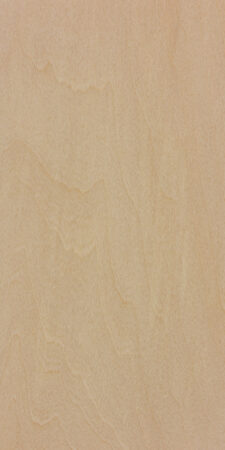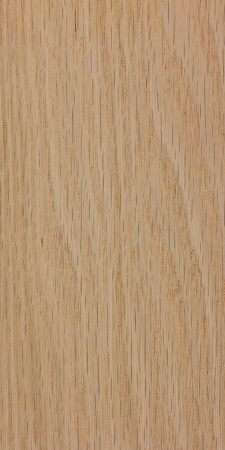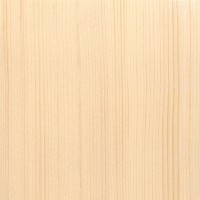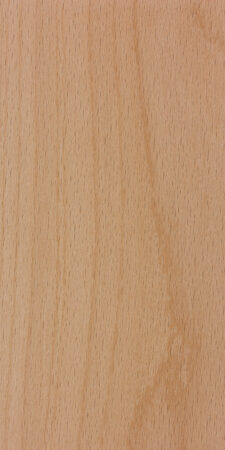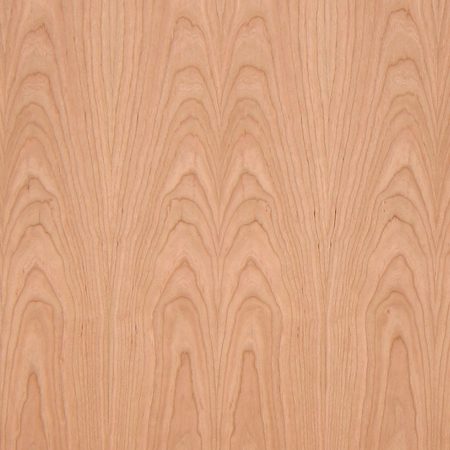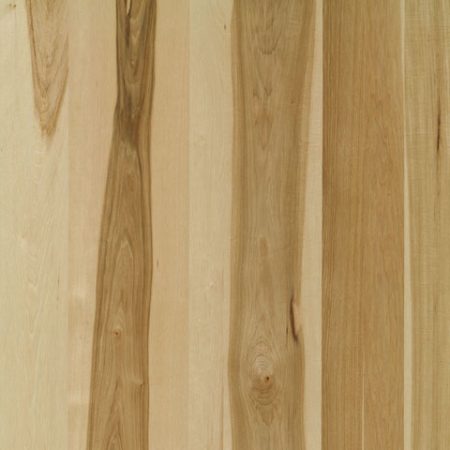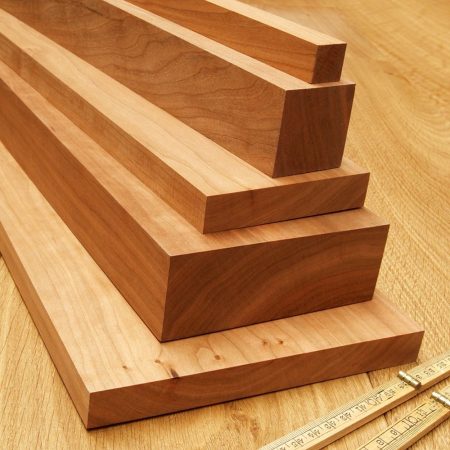
Alder, Red
Red Alder, alternatively known as Western Red Alder tends to be a light tan to reddish brown; the color darkens and reddens with age. There is no visible distinction between heartwood and sapwood. Large aggregate rays appear as occasional small streaks on the face grain that can be mistaken for defects in the wood.

























